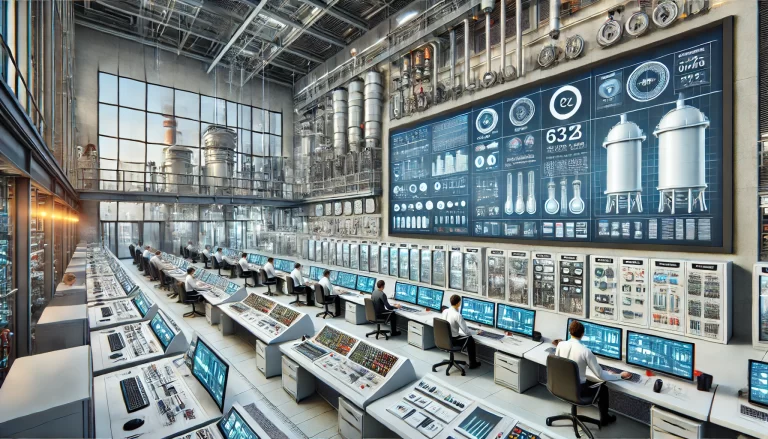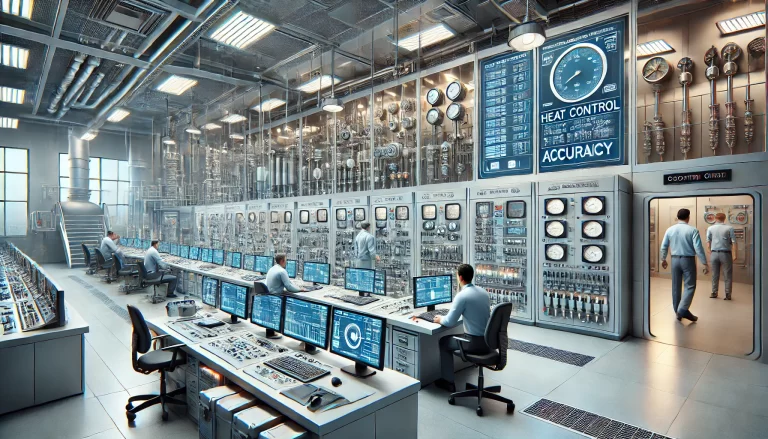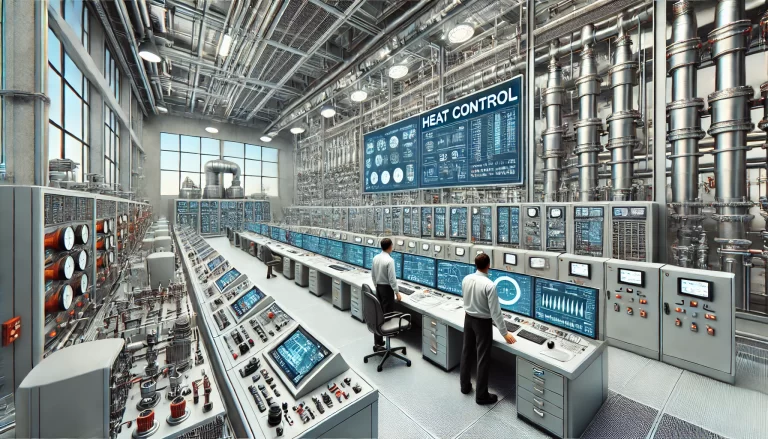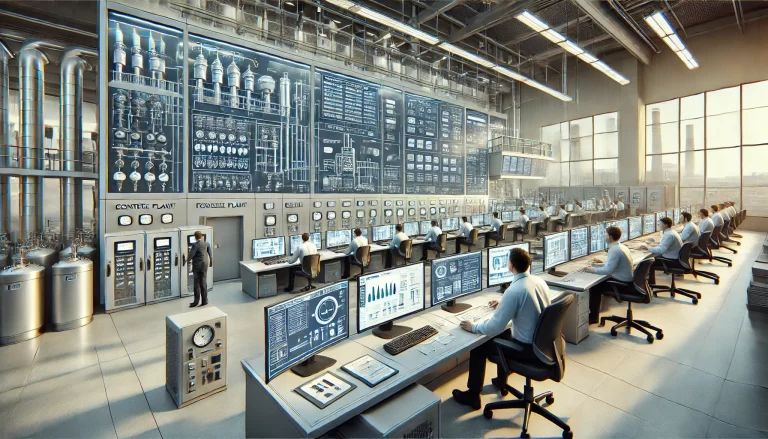Heat control (heat control, or “thermal control”) is critical for the safe, efficient, and reliable operation of power plants. Precise heat control ensures that systems operate within optimal parameters, minimizes energy loss, and prevents equipment damage. Below are ten comprehensive measures to guarantee heat control accuracy:
1. Regular Calibration and Maintenance of Measurement Instruments
Measurement instruments, such as temperature sensors, pressure transmitters, and flow meters, are the backbone of heat control systems. Regular calibration ensures their accuracy. Establish a detailed calibration schedule based on manufacturer guidelines and operational needs. For example, instruments operating in high-stress environments might require more frequent checks.
2. Selection of High-Quality Equipment and Components
Invest in high-precision, stable, and reliable heat control devices during the equipment selection phase. For example, choose sensors with low drift rates and proven durability in harsh operating conditions. Opt for vendors with established records in industrial applications to ensure equipment performance.

3. Optimization of System Design
Design the heat control system to minimize interference and errors. Key considerations include:
Strategic placement of measurement points to capture critical data accurately.
Minimization of signal transmission distances to reduce noise and signal loss.
Use of redundant systems where accuracy is critical.
4. Strict Installation Standards
Improper installation of measurement equipment can lead to inaccuracies. Adhere to standardized installation protocols, such as:
Correct positioning of sensors to avoid heat gradients.
Securing flow meters in areas with stable, laminar flow.
Ensuring alignment of pressure transmitters to prevent static pressure build-up.
5. Effective Signal Shielding and Grounding
Thermal control signals are susceptible to electromagnetic interference (EMI), which can distort measurements. Employ advanced signal shielding methods, such as twisted-pair cables and grounded enclosures, to mitigate EMI. Verify the reliability of the grounding system regularly to avoid floating grounds and signal noise.

6. Accurate Data Acquisition and Processing
Leverage cutting-edge data acquisition systems to ensure the precise collection and processing of heat control data. Use algorithms for noise filtering and signal stabilization. For example, digital signal processing (DSP) techniques can significantly reduce measurement errors.
7. Environmental Control
Maintain optimal working conditions for heat control equipment by controlling environmental factors:
Stabilize ambient temperature and humidity levels.
Protect sensitive equipment from dust, corrosive gases, and vibrations.
Implement climate-controlled housings for critical instruments in extreme environments.
8. Comprehensive Personnel Training
Trained personnel are essential for accurate heat control. Develop a robust training program that includes:
Understanding system components and their operational principles.
Identifying and troubleshooting measurement inaccuracies.
Adopting best practices in equipment maintenance and calibration. Regular workshops and hands-on training sessions can ensure staff are up to date with the latest techniques and technologies.

9. Establishment of a Rigorous Quality Control System
Develop a comprehensive quality control framework for the heat control system. This includes:
Implementing quality standards for each operational phase, from equipment selection to system operation.
Conducting regular audits and reviews of system performance.
Defining clear escalation processes for addressing deviations.
10. Real-Time Monitoring and Fault Diagnosis
Equip the heat control system with real-time monitoring capabilities to promptly identify anomalies. Use advanced diagnostic tools to analyze trends, predict failures, and initiate preventive measures. For example:
Online monitoring systems that measure key performance indicators (KPIs) in real-time.
AI-powered fault detection systems that use machine learning to identify patterns indicative of upcoming failures.
Practical Example: Improving Heat Control through Optimization
A power plant facing persistent inaccuracies in temperature readings implemented these measures. By recalibrating sensors, installing EMI-resistant cabling, and training personnel, they achieved a 15% improvement in overall system accuracy. These changes also reduced downtime caused by heat control-related issues by 20%.

Conclusion
Ensuring heat control accuracy in power plants requires a multi-faceted approach encompassing equipment selection, system design, operational maintenance, and personnel management. By adopting these measures, power plants can improve their efficiency, safety, and reliability, driving long-term operational success.
